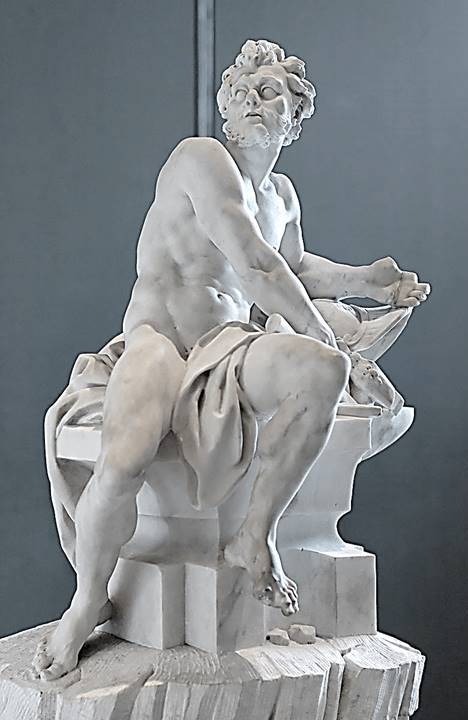History of Fasteners
Fastener History
Bolts nuts and screws along with fixings rivets anchors and nails may seem like down-to-earth products. Investigation reveals a lot more behind the insignificant bolt, screw, rivet, nail or dowel. Without fasteners and fixings, all of the products used in daily life would fall apart.
Fasteners are one of the most common elements used in mechanical machine construction and design, they hold everything together; from screws in phones and electronic items to TV and washing machine and on larger scale power stations and the majority of vehicle types from the car to off-highway vehicles.
Fixings have a long history starting with nails, the precursor to the rivet. Solid rivets propelled the industrial revolution; ships, bridges, trains and skyscrapers would not have been possible without the solid rivet.
From early history through to the 21st-century fasteners have become common objects used throughout the world. Modern fasteners are sophisticated products and the route to them becoming mass-produced articles has a long and in-depth history.
HISTORY of fasteners the:
Nail Rivet Threads Drives Fasteners Pre-1800 Fasteners After-1800

Hephaestus was the ancient Greek god of smiths, craftsmen, artisans, sculptors, metals, metallurgy, fire and volcanoes. Hephaestus' Roman equivalent was Vulcan taken from the older Minoan god of fire, Velchanos.
|
In Greek mythology, Hephaestus was the son of Zeus and Hera, the King and Queen of the Gods.
|
As a metalworking god, Hephaestus made all the weapons of the gods in Olympus. He served as the 'Smith' of the gods and was worshipped in the manufacturing and industrial centres of Greece.
|
Hephaestus's symbols are a smith's hammer, anvil, and a pair of tongs, these symbols also apply to both the Roman and Minoan gods Vulcan and Velchanos. |



